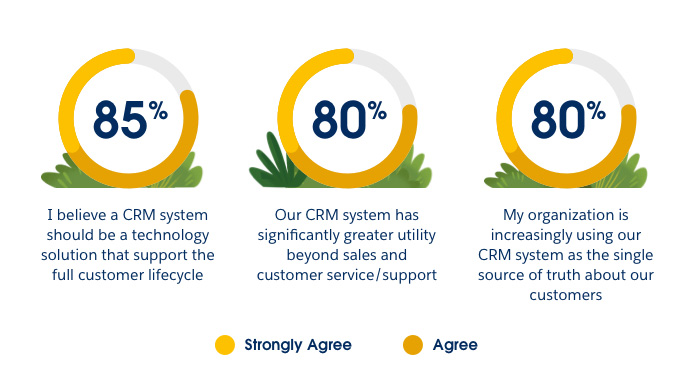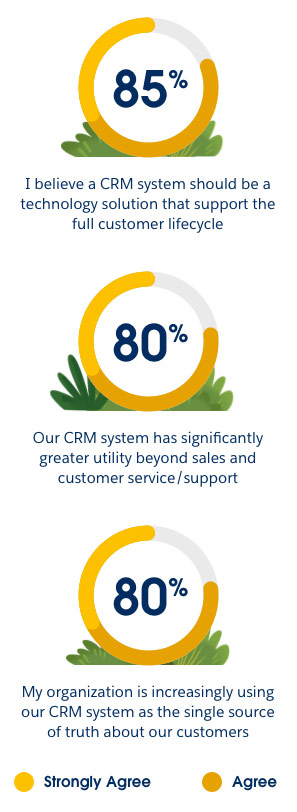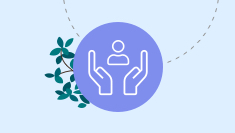Chapter 5: How You Embrace Technology
Adapting to a digital-first world requires fundamental rethinking of the essence of the company.
Brian Moynihan, Bank of America’s CEO, said it best: “We’re a technology company wrapped around a great bank.” You could be a bank, telco, retailer, or healthcare company, but soon you’ll have to be a digital company wrapped around that organisation, with your own versions of the tools and approaches that software companies use every day.
This means you need to move from having lots of departmental IT to having an enterprise digital operating model. Think of it as moving towards having the leanest possible tech stack.
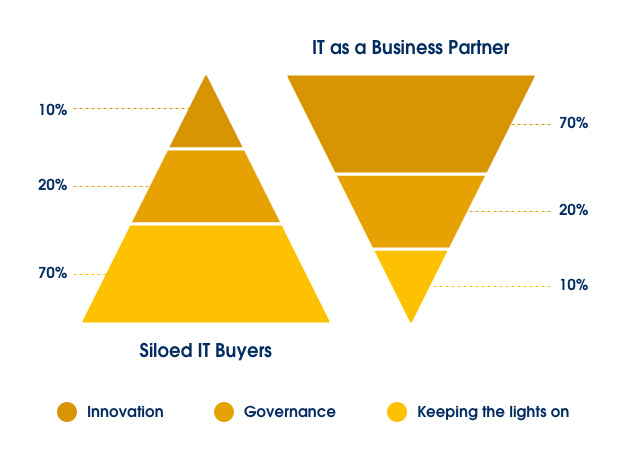
When Salesforce was founded in 1999, we offered only a small fraction of the technology we offer today. We grew into customer service, marketing, ecommerce, and beyond because our customers asked us to. Each Salesforce feature is prioritised according to demand.
Our whole business is predicated on listening and delivering. Customer feedback is the engine that drives us — and it’ll help you evolve, too, for whatever comes next with your own customers.
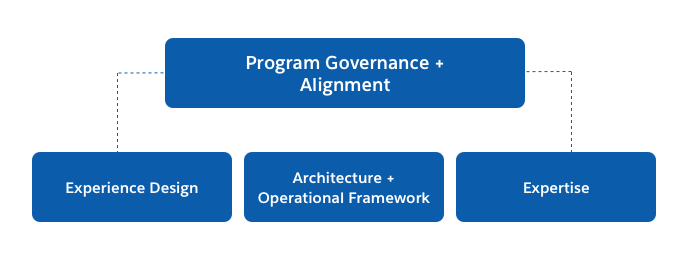
Our most successful customers structure a governance model that includes a Digital Transformation Office to oversee program management and ensure alignment across multiple tech initiatives. This team focuses on three strategic objectives:
- Empower teams to create more seamless and frictionless customer experiences
- Maintain the company’s overall technology architecture and create visualisations to assess the value of initiatives in the strategic investment plan
- Provide technology expertise to help business leaders understand how to maximise shared processes, APIs, and data, and reuse them across the company
For many companies, not having a single view of customer data across touchpoints makes it impossible to deliver personalised experiences.
Imagine a customer calls support to ask about a back-ordered item. The call center agent can’t see the actions that customer has already taken online, only a static customer record. So the agent misses a chance to give the customer confidence in one of the alternate items sitting in their cart. And these missed opportunities just continue to pile up if call notes require logging in to another app. No one gets a full picture of what the customer is trying to achieve and can’t take action that could deepen the relationship.
Here, your CRM platform plays a critical role. That’s because it:
- Consolidates the number of tools needed for your workforce to do their work
- Empowers employees closest to customers to deliver the right experiences at the right time
- Delivers insights and recommendations, not just data
- Makes customer data easily shareable
- Keeps you flexible and connected in an age of APIs, IoT, and the platform economy
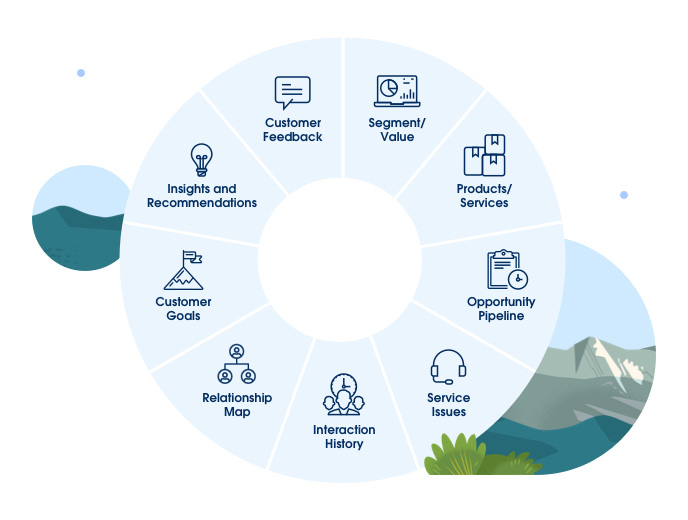
- Use technology to unite teams
- Bring together business and IT leaders to act as one team focused on customer success.
- Unite silos by sharing information across teams, using collaboration tools and forming cross-functional processes.
- Create reusable APIs, data sets, and processes.
- Accelerate development by building a shared library of common data sets and processes.
- Share the library across business teams and train people on how to use them.
- Use those best practices to accelerate delivery and improve flexible systems.
- Leverage APIs to deliver additional value.
- In addition to sharing across internal teams, make APIs available across your entire ecosystem to launch new solutions faster.
- Encourage nimble processes, people and technology strategies that allow you to quickly adjust to customer needs.
In making your process lean, it’s also critical to ensure your technology is used ethically. This helps prevent future development issues and ensure responsible and innovative use of your technology.
Just like transformation itself, technology ethics is not a checklist, it’s a mindset. These are complex, human issues, and the prise is a culture in which everyone owns thinking through the consequences of technology. Two factors to consider are:
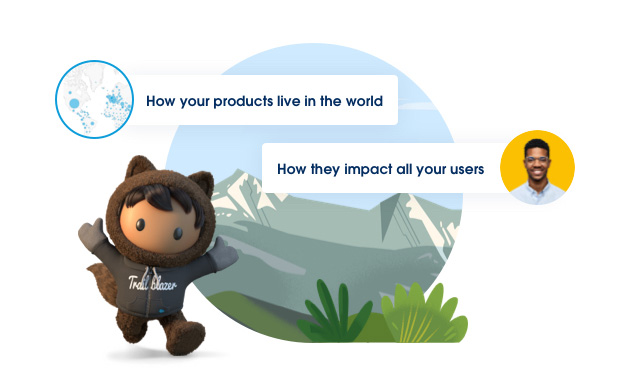
One practice that can help is Consequence Scanning, an agile methodology created by DotEveryone that engages employees in envisioning potential unintended outcomes of releasing a new feature and determining a plan to mitigate them. It’s lightweight for all teams — see how in this article.
In technology, there’s often demand for fast innovation. But the pressure to act quickly does not eliminate the need to be thoughtful. Designing with civil liberties and human rights in mind will lead to greater trust, engagement, and adoption with your customers. Consider making ethics by design part of how to conduct business, and integral to the day-to-day work of designing, developing, and implementing your technology.
- Elevate diverse perspectives.
- Let your employees, customers, and communities know you welcome and value their opinions.
- Bring together a cross-functional group with varied experiences to make decisions, design, and review products.
- Actively listen and challenge assumptions.
- Solicit diverse feedback, including from external partners, to identify the unintended consequences, biases, and gaps in your product or solution. Begin with active listening and asking hard questions.
- Empower employees.
- Have a strong “why,” guiding principles, and framework. Ensure you’re able to collect feedback from stakeholders and employees through multiple channels, such as office hours or an anonymous hotline.
Chapters
More Resources

State of the Connected Customer

Create your Customer 360 in two simple steps.



